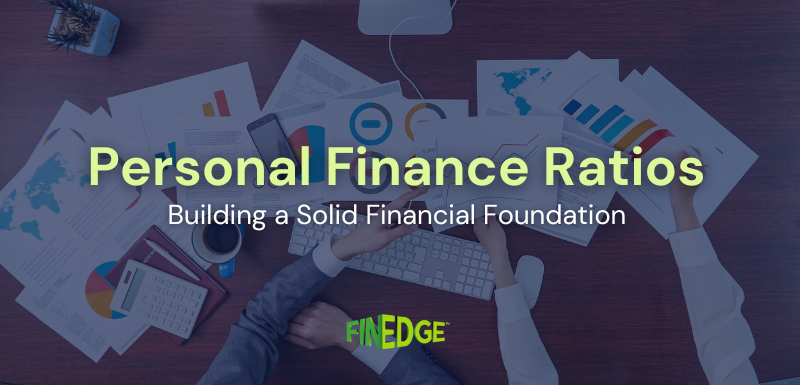3 Smartest Ways to Use Rs. 50,000 Cash

Got a ?50,000 windfall? Instead of splurging, use it wisely—pay off high-interest loans, invest in an ELSS via STP for tax savings, or build an emergency fund. Smart money moves today can secure your financial future!
Did you just encounter a small windfall profit of Rs. 50,000? Resist the temptation of heading over to the mall and frittering it away on the latest gadget, and consider doing any of the three smart things below instead.
Pay off an Expensive Loan
Chances are, you’ve racked up at least one expensive loan in the past. This could be a portion of your credit card debt that you’ve been rolling over month to month, or an ‘easy EMI’ that you undertook to purchase a home appliance. These expensive loans can lead to a significant interest outgo eventually, and it would be wise to nix them early on in their cycle. Why not use this 50,000 to partly pre-pay - or completely extinguish an expensive, interest-heavy loan burden that you’ve been carrying on your shoulders? Better yet – start a Mutual Fund SIP that’s equivalent to the reduction in your monthly expenses that will result from this pre-payment.
Start an STP into an ELSS
With three months left in the fiscal, its likely that you’re considering ways and means to plug your Section 80C shortfall from the stipulated cap of Rs. 150,000. Why not use this Rs. 50,000 to save taxes, instead of spending it? Simply invest the money into a liquid fund and issue a standing instruction to your mutual fund company to transfer the money in equal tranches to an ELSS (Equity Linked Savings Scheme), via the STP (Systematic Transfer Plan) route. Since your ELSS investment will be locked in for three years, it’ll be a case of ‘out of sight, out of mind’. And what’s more – you’ll end up saving up to Rs. 15,000 or so in taxes in the process!
Set up an Emergency Fund
If you’ve been living from paycheck to paycheck till now, its likely that you do not have a proper emergency fund in place. This is a critical mistake from the Financial Planning perspective. Ideally, one needs to have at least six to eight months’ fixed expenses in a low risk, low cost investment that is highly liquid in nature. Liquid Funds or Short-Term Debt Mutual Funds are ideally suited for this purpose. Emergencies such as layoffs or catastrophic business failures do not come announced, and can lead to severe financial strife if they do materialize. Use this opportunity to set up an emergency corpus for yourself by investing your small windfall into a liquid fund.
Your Investing Experts
Relevant Articles
Understanding the Financial Planning Pyramid: Building Your Finances the Right Way
Most people juggle several financial goals at once, an emergency fund, retirement planning, a child’s education, or even short-term lifestyle goals like travel. Without a proper framework, it becomes difficult to decide what to tackle first. The Financial Planning Pyramid offers a simple and effective way to bring structure to your financial life. It ensures that essential protections are in place before you start saving and investing for long-term wealth.
Personal Finance Ratios You Should Understand Before You Start Investing
Successful investing begins long before you pick funds or set return expectations. It starts with understanding your financial foundation, how much you earn, how much you spend, and how much is left to invest consistently. These simple but powerful personal finance ratios offer a clear view of your financial health and help you make informed, goal-aligned decisions.
How to Categorise Financial Goals: Short, Medium, and Long-Term Goals Explained
Before we get into strategies and structures, it’s important to understand the value of categorising financial goals. Every individual has a unique set of aspirations, but not all goals carry the same urgency or impact. By breaking them down clearly, you can build a systematic, purpose-driven investment plan tailored to your life.
.png)


.jpg)